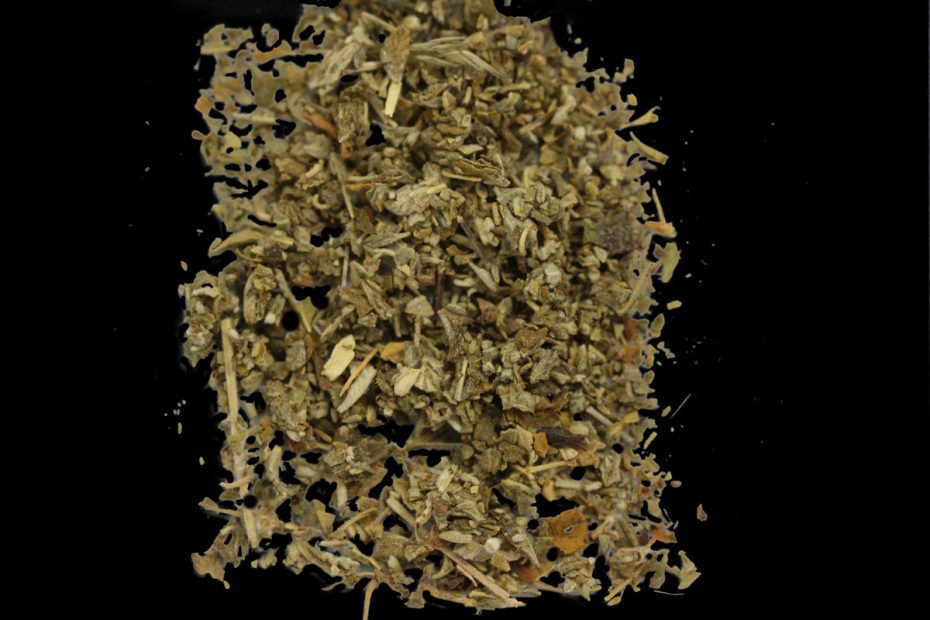Are they safer than established illicit drugs?
This is one of the biggest misconceptions about NPS. Even though they are sometimes advertised as legal, this doesn’t mean they are safe. Given how rapidly new drugs are emerging, it is difficult to know the common effects of these drugs and what dose causes what effects.2, 3
NPS do not come with a recommended dosage printed on the label. They are unregulated and untested. Given the chemicals in these drugs are constantly changing to try to stay ahead of the law, it’s possible to receive a very different product from batch to batch, even if the packaging and name are the same.
NPS are relatively new, so there is limited information available about their short and long-term effects. However, synthetic cannabinoids have been reported to have more serious side-effects than cannabis.4
As of December 2021, 134 countries and territories have reported to United Nations Office of Drug Control (UNDOC) the emergence of 1124 new psychoactive substances.5
NPS can be categorised into the following groups:
Synthetic cannabinoids
Synthetic cannabinoids were originally designed to produce similar effects to cannabis and have been sold online since 2004. Some of the newer substances claiming to be synthetic cannabis do not actually mimic the effects of THC (delta-9 tetrahydrocannabinol, the active ingredient in cannabis). Reports suggest it also produces additional negative effects.
These powdered chemicals are mixed with solvents and added to herbs and sold in colourful, branded packets. The chemicals usually vary from batch to batch, so different packets can produce different effects even if the package is the same.
Phenethylamines
Phenethylamines are a group of psychoactive drugs with stimulant effects and include amphetamine and MDMA. This group also contains the 2C series, NBOMes, PMMA and benzodifurans (Bromo-Dragonfly).3
Synthetic cathinones
Synthetic cathinones is the name of a category of drugs related to the naturally occurring khat plant. They are stimulants, meaning that they speed up the messages between the brain and the body and have similar effects to amphetamines.6
Phencyclidine-type substances (novel dissociatives)
Phencyclidine-type substances (also known as novel dissociatives) are structurally similar to phencyclidine (PCP) and ketamine and are classified as arylcycloalklamines. PCP was sold as an injectable anaesthetic in the USA until 1967 and was withdrawn from the market due to the negative effects. Phencyclidine-type substances were first identified in 2010 and are like classic dissociatives but with more stimulating effects.6
Tryptamines
Tryptamines are psychedelic drugs, meaning they can affect all the senses, altering a person's thinking, sense of time and emotions.
They can produce hallucinations and are found in plants, fungi and animals. The most common tryptamine is psilocybin.8
Piperazines
Due to their stimulant properties piperazines are often sold as MDMA. They are commonly available as pills, capsules or powder and usually swallowed. Piperazine were originally developed as antidepressants, however due to their similarity to amphetamines, this was halted due to their potential for non-prescribed use. Some of the more commonly used piperazines are 1-benzylpiperazine (BZP) and trifuoromethylphenylpiperazine (TFMPP). When these two drugs are mixed they have similar effects to MDMA.3, 9
Novel benzodiazepines
In recent years, several new psychoactive substances (NPS) belonging to the benzodiazepine class have also emerged. It has been reported that they are being sold under the names “legal benzodiazepines”, “designer benzodiazepines” or “research chemicals”.9 Novel benzodiazepines include substances that were tested but not approved as medicines, or illicitly manufactured substances that differ from the structure of existing benzodiazepines. Some of the initial drugs from this class include:
- diclazepam
- flubromazepam
- pyrazolam9
There is limited information on the short and long-term health effects of novel benzodiazepines.
Reducing harm
Use of any drug can have risks. It’s important to be careful when taking NPS and consider the following:
- Triple zero (000) should be called immediately if someone is experiencing negative effects and looks like they are in trouble. There have been a number of deaths caused by NPS.
- Negative side-effects and overdose are more likely when NPS are taken in combination with alcohol or other drugs.
- It’s very hard to know the effects of NPS, even if they’ve been taken before, as these products are constantly changing. Taking a low dose first could help determine the effects and the strength of the drug.
- Activities like driving, swimming and operating machinery while under the influence should be avoided.
- The packaging of these drugs is often misleading and doesn’t list all the ingredients or the correct amounts. This can make it easy to overdose.
- Many NPS contain a range of fillers and cutting agents that could lead to health problems, particularly if injected.
- Given caffeine is contained in many products, sometimes in high quantities, additional caffeine consumption (i.e. through coffee) could lead to overdose.
- People with mental health conditions may be at higher risk of harm from these drugs, as most of the deaths associated with them (such as suicides) have involved people with mental health conditions.11
- The chemicals in some products might be cardiotoxic, lead to hypertension, or cause fast/irregular heartbeats. They can therefore cause health problems particularly amongst older people and people with pre-existing medical conditions.12
- It can be difficult for medical practitioners to know how to treat someone who has overdosed on or has health problems caused by NPS, given the large number of these drugs on the market and the lack of research on their effects. Treatment could be quicker and more effective if the person has used the drug with somebody who can advise exactly what has been taken and the dosage, or it has been written down – supplying the packet can also be helpful.
Getting help
If your use of NPSs is affecting your health, family, relationships, work, school, financial or other life situations, or you’re concerned about someone else, you can find help and support.
Call the National Alcohol and Other Drug Hotline on 1800 250 015 for free and confidential advice, information and counselling about alcohol and other drugs
Help and Support Services search
Find a service in your local area from our list. Simply add your location or postcode and filter by service type to quickly discover help near you.
If you're looking for other information or support options, send us an email at druginfo@adf.org.au
Path2Help
Not sure what you are looking for?
Try our intuitive Path2Help tool and be matched with support information and services tailored to you.

NPS and the law
The laws surrounding NPS are complex, constantly changing and differ between Australian states/territories, but in general they are increasingly becoming stronger.
In Queensland, New South Wales, South Australia and Victoria there is now a ‘blanket ban’ on possessing or selling any substance that has a psychoactive effect other than alcohol, tobacco and food.
In other states and territories in Australia specific NPS substances are banned and new ones are regularly added to the list. This means that a drug that was legal to sell or possess today, may be illegal tomorrow. The substances banned differ between these states/territories.
See also, drugs and the law.
- Bright S. Not for human consumption: new and emerging drugs in Australia. Melbourne Alcohol and Drug Foundation 2013.
- Fraser F. New Psychoactive Substances - Evidence Review. Scotish Government; 2014.
- State Library NSW. New and emerging psychoactive substances Sydney NSW 2017 [31.03.2020].
- Cooper Z. Adverse Effects of Synthetic Cannabinoids: Management of Acute Toxicity and Withdrawal. Current Psychiatry Reports. 2016;18(5).
- United Nations Office of Drug Control. Early Warning Advisory on New Psychoactive Substances - What are NSPs?; (31.02.2020).
- United Nations Office of Drug Control. Phencyclidine-type substances 2022 cited: 10.10.2022].
- Drug Policy Alliance. Synthetic Cathinones 2016 [22.04.2021].
- United Nations Office of Drug Control. Early Warning Advisory on New Psychoactive Substances -Tryptamines; (31.03.2020).
- United Nations Office of Drug Control. Early Warning Advisory on New Psychoactive Substances - Piperazines (31.03.2020).
- Control. UNOoD. Non-medical use of benzodiazepines: a growing threat to public health? ; 2017.
- Shafi A Berry A Sumnall H Wood D Tracy D. New psychoactive substances: a review and updates. Therapeutic Advances in Psychopharmacology. 2020;10.
- Locatelli C Lonati D Petrolini V. New Drugs of Abuse and Cardiovascular Function 2020 [cited: 15.11.2022].
